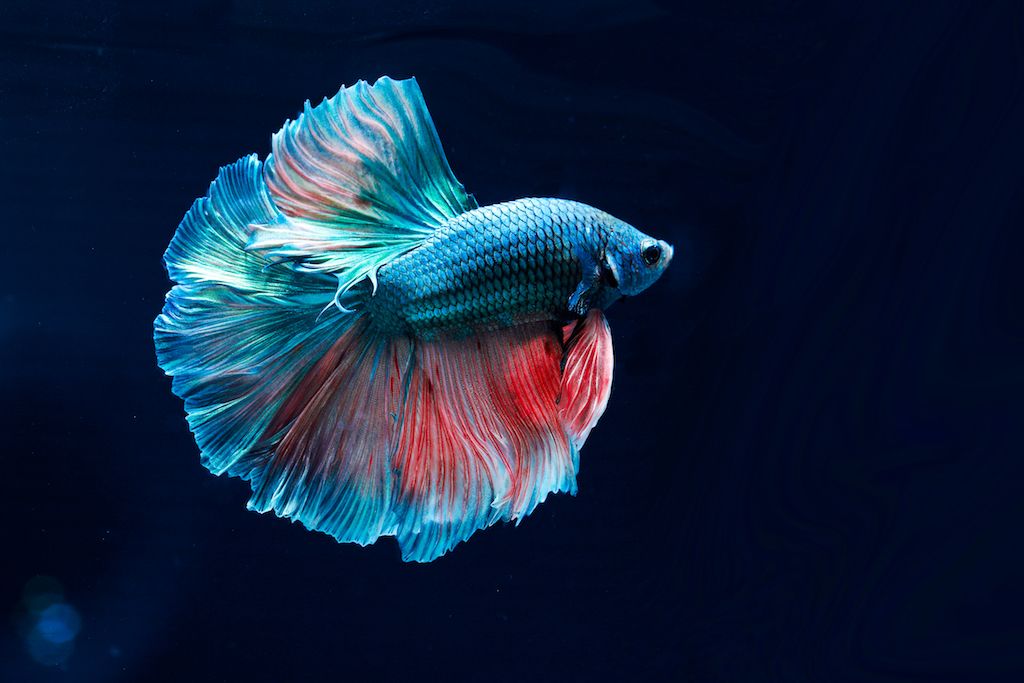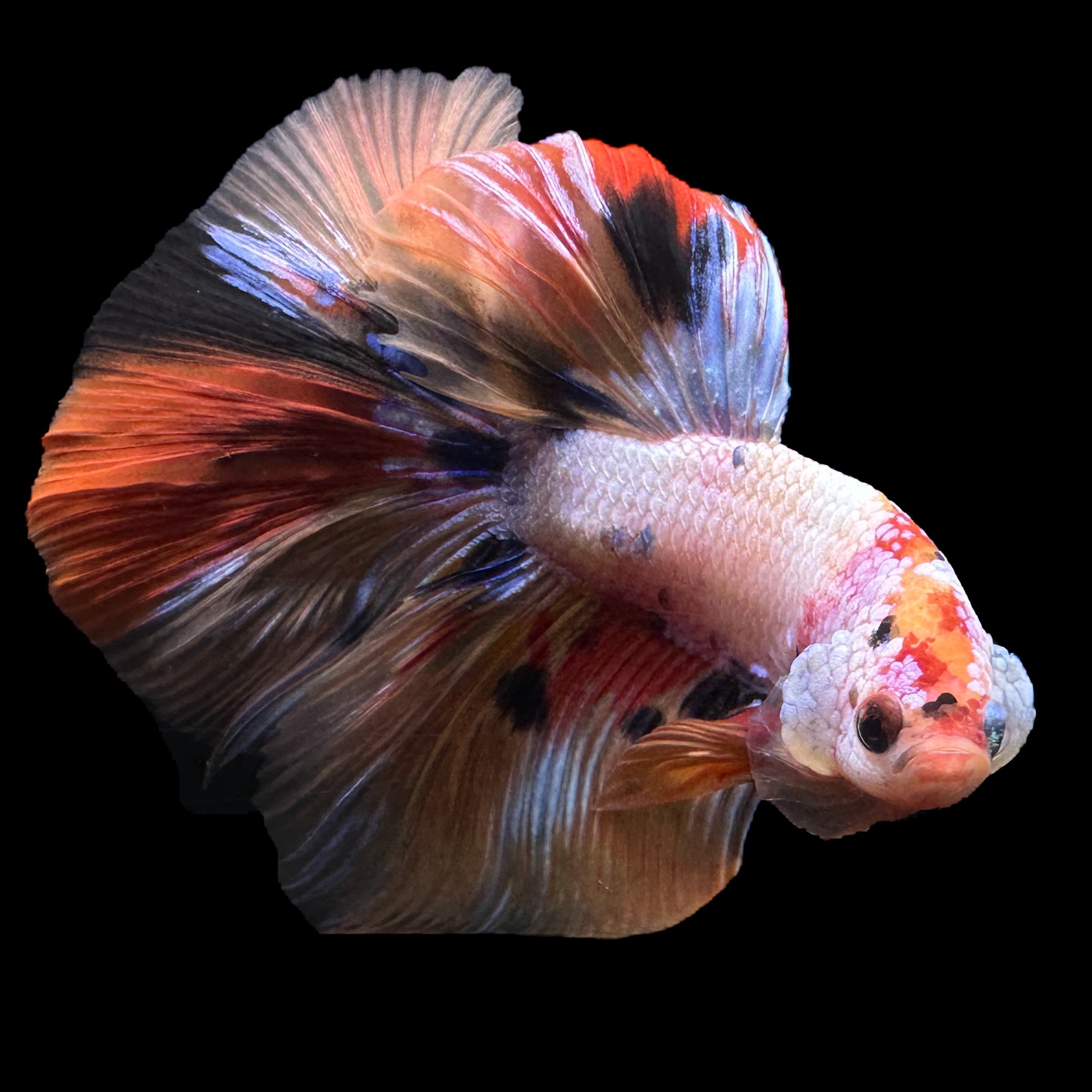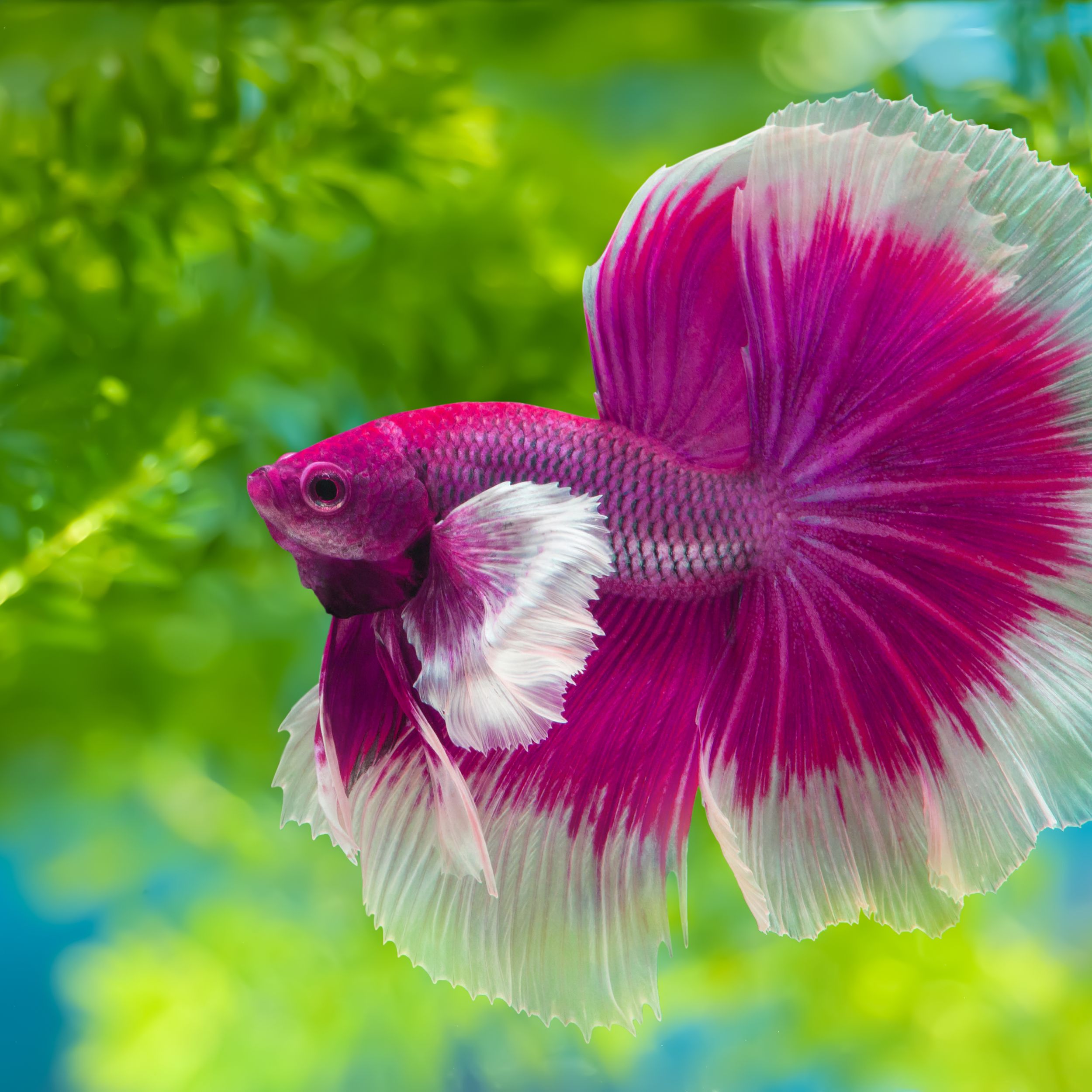Breeding Betta Fish: a Comprehensive Step-By-Step Overview to Effectively Raising Baby Bettas From Eggs to Adulthood
Reproducing Betta fish is a thorough venture that requires careful planning and execution to make sure the effective development of fry from eggs to mature fish. As the male Betta faithfully constructs a bubble nest and guards the precious eggs, the subsequent phases of care and shift need interest to information and understanding of best techniques.

Choosing Breeding Pairs
When getting started on the trip of breeding Betta fish, selecting the right reproduction pairs is essential to accomplishing preferable qualities and a healthy family tree - betta fish. The very first step in this process is to identify the certain characteristics you desire to improve or protect, such as color, fin type, and physique. It is necessary to pick genetically varied sets to prevent inbreeding, which can lead to health and wellness issues and unwanted features
Review prospective reproducing candidates carefully. A healthy male Betta must exhibit lively colors, an active disposition, and well-formed fins, while the lady needs to also show vivid coloration and a rounded stubborn belly, showing readiness for spawning. Observing the character of both fish is vital, as aggressive or extremely timid individuals may not reproduce successfully.
Keeping records of the parent fish's origins can assist you track hereditary qualities and possible problems. Inevitably, investing time in the option process will considerably enhance the possibility of creating strong, lively offspring that fulfill your reproduction objectives.

Preparing the Breeding Container
Producing an optimum reproduction environment is a key action after selecting ideal pairs for Betta fish. The breeding container need to be specifically designed to offer comfort and promote the natural breeding behaviors of the fish. Beginning with a container size of a minimum of 10 gallons to make sure sufficient space for both the man and female Bettas.
Maintain a gentle filtration system to keep the water clean while preventing strong currents that can stress the fish. In addition, an air stone can be included in supply oxygenation without interrupting the water surface as well a lot.
Temperature level guideline is crucial; go for a secure series of 78-82 ° F(25-28 ° C) utilizing a dependable heating system. The pH degree should be maintained between 6.5 and 7.5, and normal water changes are needed to ensure high water high quality.
Integrate floating plants or generating mops to create hiding spots for the woman, while also urging bubble nest structure by the male - betta fish. Ultimately, make certain the tank is devoid of sharp decors and any type of potential hazards, as the well-being of the fish should always be prioritized during this crucial phase of reproduction.
The Breeding Process
Commonly, the breeding procedure for Betta fish includes a collection of unique and evident habits that suggest readiness for reproduction. The male Betta begins by developing a bubble nest at the water's surface, which serves as a website for the fertilized eggs. This nest is critical, as it gives a secure setting for the eggs until they hatch out.
When the nest is established, the man will show courtship behaviors, such as flaring his fins and showing lively colors to bring in the female. The woman, see this website upon picking up the man's readiness, will react by presenting upright red stripes along her body, indicating her receptiveness.
The fed eggs then drop to the bubble nest, where the male very carefully accumulates and returns them to the nest. Following this, the male presumes duty for guarding the nest and guaranteeing the safety and security of the eggs up until they hatch, typically within 24-36 hours.
Taking Care Of Betta Fry
Looking after Betta fry calls for careful attention to their setting and nourishment to guarantee healthy growth and development. After hatching, Betta fry are very tiny and susceptible, requiring a secure and tidy habitat. Keeping a water temperature level between 78 ° F and 80 ° F is important, as Betta fry thrive in warm conditions. In addition, make certain that the water is totally free of harmful toxic substances; routine water adjustments of 10-20% are advised to maintain optimal water top quality.
Feeding Betta fry is just as crucial. Feed them little quantities numerous times a day, being mindful not to overfeed, which can lead to water high quality concerns.
Transitioning to Adult Bettas
As Betta fry mature, transitioning them to grown-up Bettas is an essential phase that calls for mindful monitoring of their environment and social interactions. This procedure usually begins when the fry get to around six weeks of age, at which factor they can be slowly presented to an extra organized living atmosphere.
To facilitate this change, it is necessary to ensure that the water parameters-- such as temperature, pH, and ammonia degrees-- are ideal and secure. Adult Betta fish grow in warm water (around 78-80 ° F) with a pH of 6.5 to 7.5. Progressively acclimate the fry to these problems to decrease stress.
Social communications are an additional key element; male Bettas are infamously territorial and hostile. It is recommended to separate men right into specific tanks as they grow. Women Bettas can be housed with each other, yet treatment should be required to keep track of for indicators of aggressiveness.
Additionally, dietary adjustments should be made as the fry expand. Include premium pellets and live foods to support their growth and health and wellness. By handling these factors effectively, article source you can promote address a successful change to adulthood for your Betta fish.

Conclusion
Successful breeding of Betta fish requires careful focus to information throughout the whole process, from picking genetically varied pairs to providing optimum take care of fry. By guaranteeing ideal reproduction conditions and preserving water quality, the probability of healthy children enhances considerably. In addition, a well balanced diet plan and steady adaptation to adult atmospheres are vital for the development and growth of Betta fish. Following these actions faithfully cultivates a thriving population of Betta fish, boosting both their health and wellness and vigor.